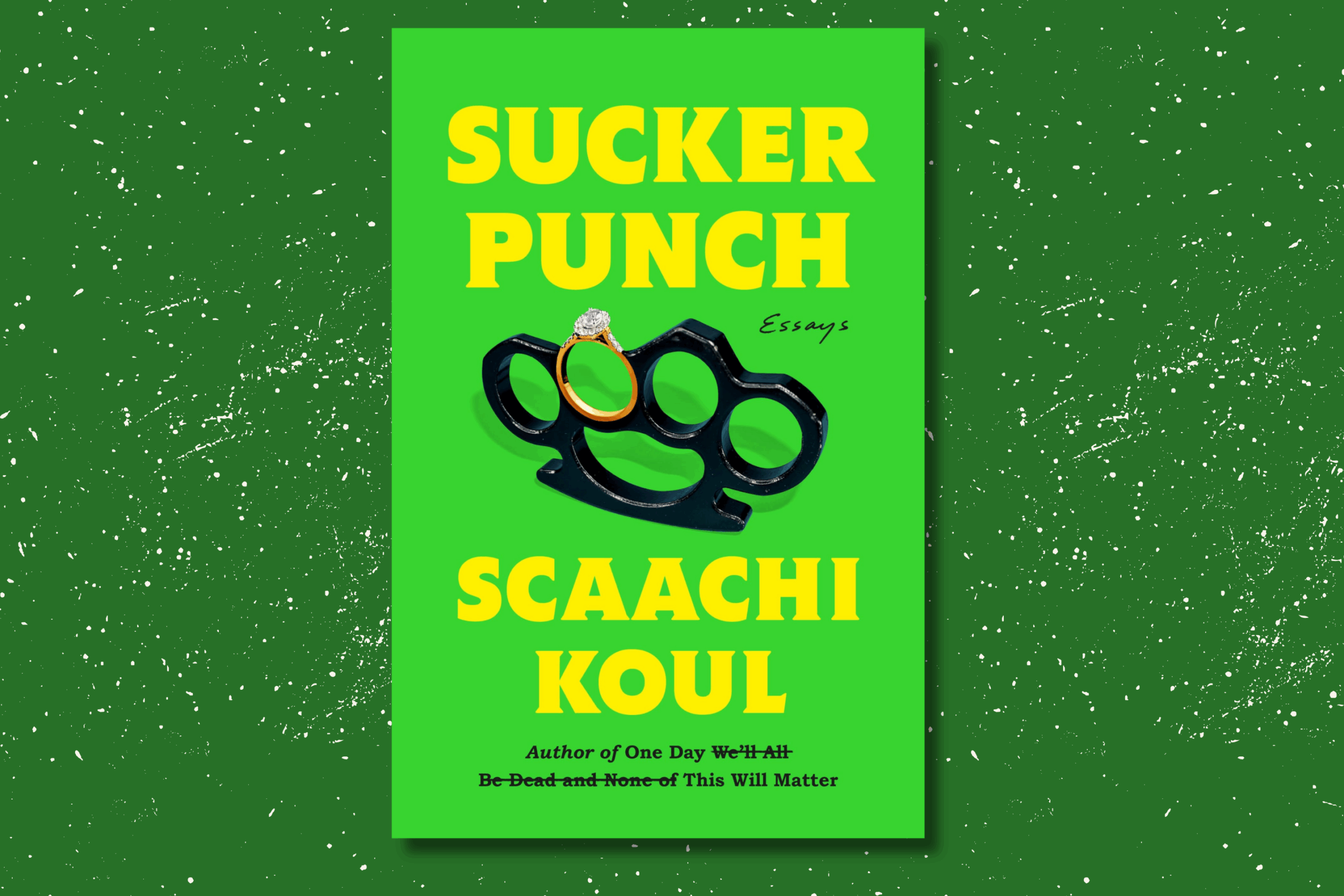Tinker Toronto embraces art for art’s sake

By T Edward
Nestled in the warm glow of Bampot Tea House, under soft purple and orange lighting, Tinker Toronto hums with buzzing energy. The mismatched chairs, candle-lit tables and the faint scent of chai create an atmosphere that feels more like a close friend’s living room than an art space. Here, artists, musicians, writers and makers of all kinds gather with the goal of experimentation, connection and play.
Tinker isn’t an art class. It’s not a gallery or performance venue either. Instead, Tinker can be described as a “cozy creative third space,” as founder Allison MacKenzie puts it, where anyone can come as they are, work on whatever calls to them and find community along the way.
The idea for Tinker came to MacKenzie from a simple realization: making art is easier when you’re not doing it alone.
“I had a bunch of different friends and artists in different spaces, working on really cool projects, but they didn’t have time to finish them, or they were looking for feedback,” MacKenzie explains. “I started realizing that they could all potentially be addressed or solved in the same space.”
From this idea, Tinker was born. With aims to support creatives in the city, Tinker curates a flexible, open-ended environment where creative people can come together, whether they need motivation, guidance or just a warm room filled with the sounds of pencils and crayons scratching and laughter circulating around tables.
“There’s no pressure,” says Dana DeBolt, a regular attendee. “It’s just a place where anyone can come and do whatever they’re working on. It’s a social environment, and it’s creative, fun and a good time.”
Unlike many other art spaces throughout the city, there’s no expectation of a finished product inside Tinker. Instead, the space celebrates process over perfection, and that’s where the magic happens.
While Tinker encourages freeform creativity, it also offers structured opportunities to learn new skills from experienced facilitators. Each event features different artists and creatives leading workshops, sharing techniques and offering guidance for those who want it.
One of these facilitators is Kiera-Oona, a textile artist who teaches garment repair and sewing techniques.
“Once people learn the skills for garment repair, or just sewing in general, because you can sew literally anything by hand, the possibilities and creativity can be endless,” Kiera-Oona says. “Even the joy of being able to re-wear a favorite pair of pants, just by fixing a button.”
For Kiera-Oona, Tinker is more than just an art night. It’s an antidote to fast fashion and disposable culture.
“A lot of people rely on mass-produced clothing that doesn’t last. If we want to combat climate change, slowing down the process by making things that fit well, repairing them and wearing them out makes a huge difference.”
This mindset of embracing the process rather than chasing perfection is something that resonates across all creative disciplines at Tinker. Whether it’s stitching a garment back to life or experimenting with a new art form, the space encourages exploration without fear of failure.
Facilitator Diana Varma led a session at Tinker focused on embracing failure as part of the creative process.
Varma explains that much of creativity is tied to our identities and failure can feel intimidating. She says that when we redefine failure and let it play a role, it can actually free us.
Her workshop invited participants to write with their toes, embracing the inevitable mistakes.
“It is very difficult to be an expert toe writer,” Varma laughs, “and so it’s always fun to watch people take that moment and run with it.”
Tinker offers a space where success is defined individually beyond the pressures of artistic standards that are rife throughout Toronto.
“It’s not a formal creative space that you go to and you have very set specifications. It’s malleable and it’s open,” Varma says.
For her, Tinker’s strength lies in its authenticity and genuine community, offering a much-needed alternative to traditional creative spaces.
“There’s so much pressure to only show your finished projects,” MacKenzie says, further emphasizing Tinker’s process-driven philosophy. “But there’s so much genius in the process. Letting people see your iterations can create confidence and opportunities for reflection.”
That’s why she dreams of one day hosting a Tinker gallery. Not to display polished, curated pieces, but to honor in-progress work the same way we honour finished art. “Half-finished drawings, and maybe projects that got started but not finished.”
It’s this philosophy that encourages attendees to take creative risks. One night, an artist brought in a quilt they had reassembled using a painting technique they had learned in art school.
“They came [up] to the mic and [said], ‘I’m way more scared than I thought I’d be. I’ve never really shown anybody this,’” MacKenzie recalls. “And then they explained their work, and it was mind-blowing.”
Moments like these are why Tinker feels different from other creative spaces. It’s not just about making things, but instead about building confidence, forming connections and rediscovering the joy of creating for the sake of creating.
A huge part of Tinker’s warmth comes from its home at Bampot Teahouse. The space itself feels like a cozy, welcoming hug, filled with cushions, low tables and the lingering aroma of herbal tea and incense. MacKenzie credits Bampot for much of Tinker’s early success.
“I walked in, talked to the owner, Alex, and he was like, ‘I love it. Do you want to host it next week?’” she laughs. “I was like, ‘Absolutely not. I need at least three weeks to be scared.’”
But since then, the partnership has flourished. Because Bampot lets Tinker use the space for free, ticket prices stay low, landing at just enough to cover material costs and contribute to local mutual aid initiatives.
MacKenzie says that people have donated hundreds of dollars through this model. They have been able to support artists and community projects, all while keeping this space affordable and accessible, she adds.
This foundation of community support and accessibility has allowed Tinker to thrive, but for MacKenzie, this is just the beginning. With a growing network of artists and a proven model of sustainable creativity, she’s looking ahead to
what’s next.
With the magnitude of support for Tinker over the past year, MacKenzie hopes to expand into other cities, helping facilitators start their own creative spaces. She also envisions new programming models, including sponsorships that could bring in professional artists or new materials without putting the financial burden on attendees.
When asked what advice MacKenzie would give herself if she could go back to the beginning, this was her response: “Full speed ahead, no hesitation,” she says. “Don’t wait for the perfect moment, because it’ll never come. Just start.” And that, at its heart, is Tinker. A space where you don’t have to be perfect, you don’t have to be ready, you just have to show up and start.





Leave a Reply